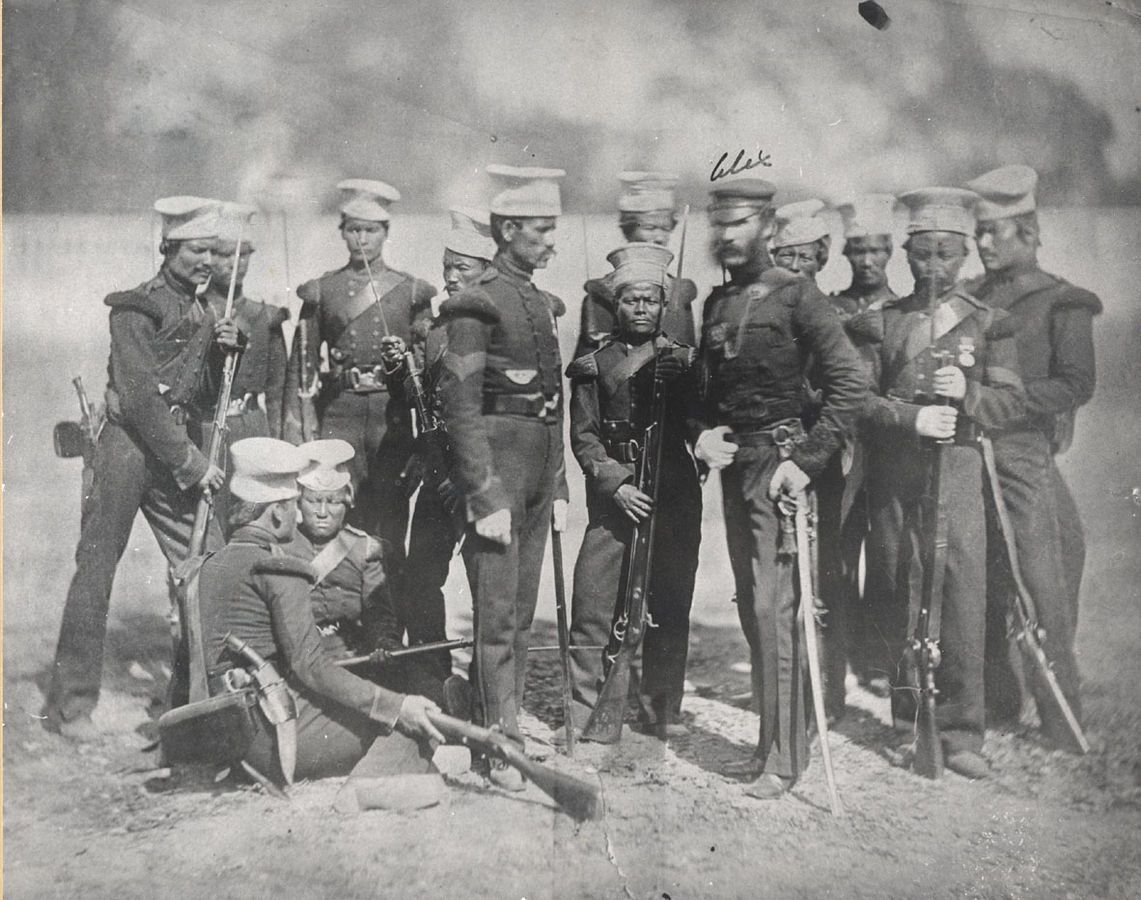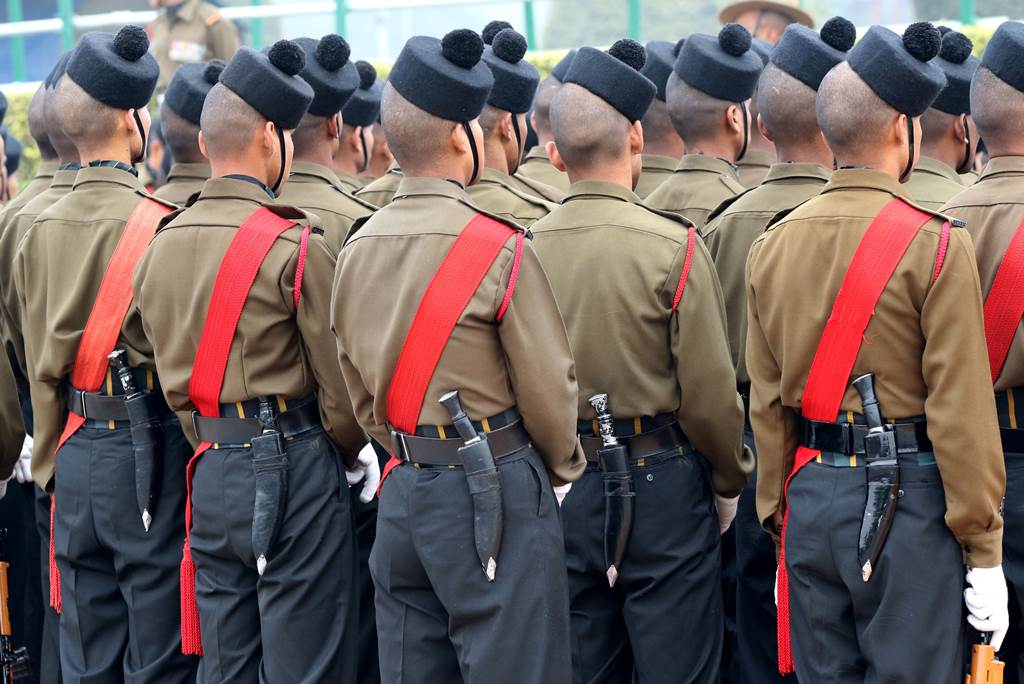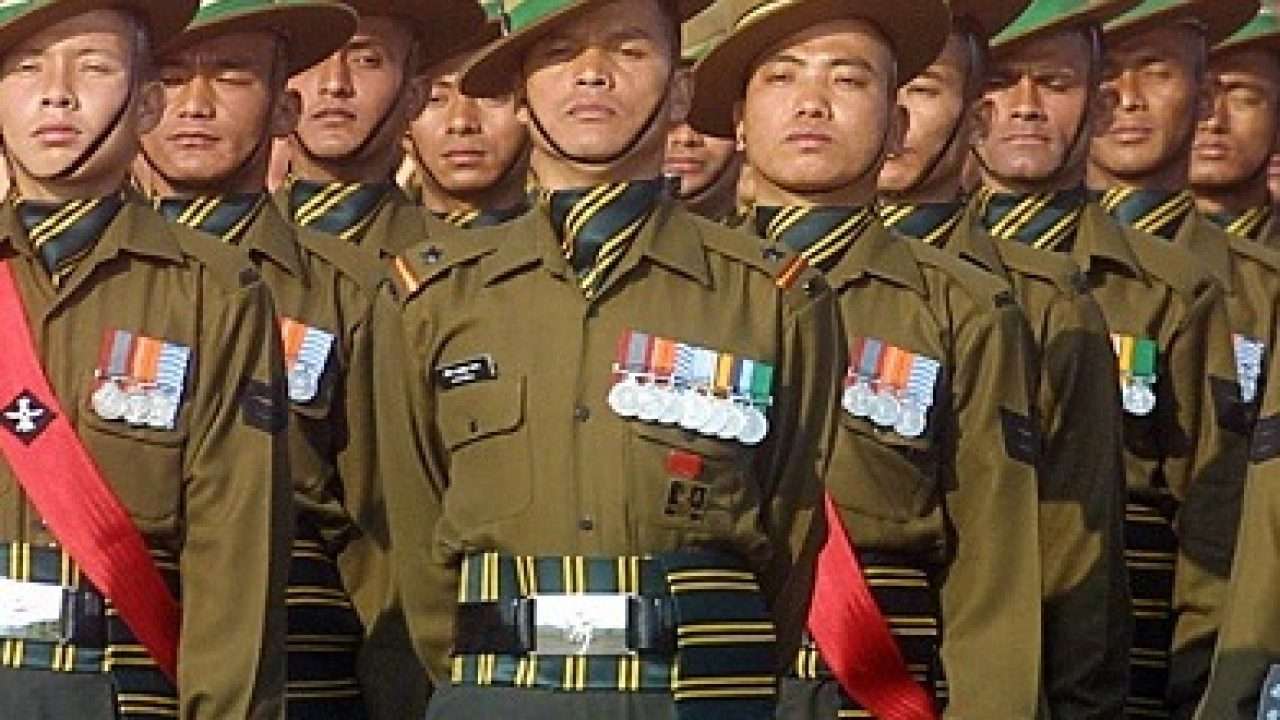Gorkha :History of Gorkhaland and Gorkha
History of Gorkha
Gorkha-Now the demand for Gorkhaland has risen sharply again Nepali-speaking Darjeeling people have once again taken to the streets in an organized manner to revive the issue. The reason was the announcement by the West Bengal government that all courses in the Nepali-speaking region should be taught in Bengali.Some of those who fought against the government’s repression have lost their lives.Gorkha
While the movement is still raging and other allies, including the Gorkha Mukti Morcha, are saying that the current battle will be final and decisive, Nepali-speaking people around the world have lamented the use of the word Gorkha in various online newspapers. They have started a war of words saying that they are not Nepali-speaking.This has now raised various questions among us Nepali Nepalis. Is the word Gorkha the only birthright of Nepalis living within the geographical boundaries of Nepal?

Gorkha,Gorkhaland
Is the word Gorkhali the only pewa of Nepalis living within the Gorkha district of Gandaki zone? Is the word “Gurkhali” only for Indian, British, Malaysian, Macau or Singaporean Gurkha soldiers operating around the world? Is the word Gorkha the only birthright of Nepali speaking Nepalis? Or should Nepali-speaking Indians not call themselves Gurkhas?
We are not tired of going back to history to answer such questions.The social network Facebook, as it is now world-wide, is now popular all over the world.Similarly, in the Anglo-Nepalese War between the Gorkha State and the East India Company from 1814 to 1816, if the Nepal Army had not shown bravery with indomitable courage, the international brand called Gorkha would not have been so world famous. Now we are saying that this brand of Nepalis should not be used by Indian Nepali speakers. Indian Nepalis are saying that the name of Gorkhaland should be changed and they are hesitant to show solidarity on the issue of Gorkhaland.
Gurkha Vocabulary and Naming:
Many historians agree on how the region got its name Gorkha and where the word Gorkha originated. Gorkha is believed to have been named after Yogi Gorakhnath, the adored deity of the Gorkhas. Gorakhnath is also called Goraksanath which means Goraksh or a place where cows are protected (Go Raksha), hence the name “Gorkha” on the same basis.
According to another version, in Nepali language, the field of grass is called Khark and the word Khark is distorted and it is said that it is Garkha, Garkha and Gorkha.Within this district there are ample lands with large fields / grasslands. Gorkha has also been discussed in the Mallaka and Licchavi periods. According to the inscription of Jayadeva II, Gorkha was ruled from the center at that time.
It is believed that the district was named after Gorakhnath Baba’s monastery in one place.According to Gorkha Vashanvali, Guru Gorakhnath came to Nepal from Kathmandu in the time of King Narendra Dev and was angry that he was disrespected.It is said that the name Gorkha remained in this place due to the effect of his holiness.According to legend, there was once a severe drought in the Kathmandu Valley. There was a shortage of water, and the fields began to dry up. Gorakhnath, the famous Mahayogi of Kamaksha in Assam, was jointly invited by all the four states in the valley to worship and sacrifice Matsyendranath.

Gorkha,Gorkhaland
Gorakhnath was actually the ninth Mahaguru of the Nath sect and a disciple of Matsyandranath. The white and red worship of Mahayogi Matsayendranath, the practice of snake worship etc. seems to have continued in the valley only after the arrival of Gorakhnath.
There is a legend that there is a monster in Bungmati of Lalitpur and due to which there is no rain.
After the special worship of Matsyendranath by Mahayogi Gorakhnath, due to the torrential rains in Kathmandu again, the usefulness of Gorakhnath seems to have increased a lot in Nepal. Since then, the arrival of Guru Gorakhnath has appeared many times in different periods.
The present Gorkha district is a historical place in the history of Nepal. Gorkha district has an important place and role behind the current geography of Nepal.
Before the Gorkhas laid the geographical foundation of present-day Nepal, as in other places, there were their own rulers in different parts of the Gorkha district. The war between them was looking for stability.
At the same time, the Gurkha kingdom established by Dravyashah, the youngest son of King Yashovramha Shah of Lamjunge in 1616 BS, managed to reach the present state of the Republic of Nepal.
Looking back at history
Dravya Shah ruled Gorkha only from 1616 BS to 1627 BS. After that, he was ruled by his royal successors.On the basis of this, the saying came to go to Gorkha without getting justice. His successors continued the tradition of running the state in a simple manner. During the reign of Prithvirajan Shah, the Gurkhas expanded their geographical boundaries as a giant Gurkha to the astonishment of the northern and southern kings.
His successors continued this campaign and extended their dominance to the vast southern plains.Historically, Nepal is bordered by Bhutan’s Damsang Fort to the east, the Rabi River bordering India and Pakistan to the west, the Kailash Sarovar of China to the north, and the Ganges River of Banaras, India to the south. Unfortunately, the Sugauli Treaty later shrunk Nepal to its current borders. Earlier, Nepal’s border was demarcated to Tista in the east and Kangra in the west.
Gorkha has a great contribution to make the great campaign of building Nepal successful. In the same way, this district has its own religious, historical and natural beauty and potential. The holy land of Manakamana Devi, the land of Goraksanath, the ruined palace ruled by Dravyashah, Vajra Bhairav temple, Chautaro to give justice by Ramshah, Raniwan and Gorakhkali temples built by his granddaughter, caves and other temples like Sulikot cave Swara, Siddha cave Ghyalchok, Vakreshwar cave Vakrang, etc. Are the most valuable assets of Gorkha.
The credit for the unification of the state of Nepal is given to the Gorkha district.
At that time, the Magars of Ghale Thar ruled in a place called Liglig. Every year on the day of Vijayadashami, it was customary to make the winner of the race the king. While attending the festival, Dravya Shah unexpectedly attacked and established his dominance there. Immediately after the victory over Ligligkot, the Gorkhas attacked and fought for 15 days.

As Dravya Shah was very ambitious, the first defeat did not affect him much. Bhagirath Pant, Ganesh Pandey, Sarveshwar Khanal, Gangaram Rana, Gajanan Bhattarai, Keshav Bohora and Murali Khawas were boosting his enthusiasm.
Dravya Shah’s soldiers Thapa, Bhusal, Maskey and Rana also besieged and attacked the palace of the king of Gorkha. King Khadka attained Veeragati from the arms of Dravya Shah. Thus V.S. On 25 September 1616, Dravya Shah became the king of Gorkha.Dravya Shah was later ruled in the Gorkha kingdom by his descendants Puranhar Shah, Chhatra Shah, Ram Shah, Dambar Shah, Krishna Shah, Prithvipati Shah and Narbhupal Shah. As the eldest son of King Narbhupal Shah and Queen Kaushalyavati. Prithvinarayan Shah was born on 27th Poush 1779.At that time, Nepal was divided into more than 52 small states including 22 and 24. There was animosity between these states, a state of fisheries justice. On the other hand, as the British Empire had spread in India, their eyes were on Nepal. As Prithvinarayan Shah was a visionary, hardworking, diligent and determined man from an early age, he was given the same kind of education as other princes.During his father’s reign, he studied the affairs of state closely. V.S. Prithvinarayan Shah, who became king in 1799 BS at the young age of 20, decided to unite the fragmented small kingdoms into a larger state of Nepal.
Accordingly V.S. He conquered Nuwakot in 1801, Makwanpur in 1819, Kirtipur in 1822, Kantipur, Lalitpur in 1825, Bhaktapur in 1826 and unified the great state of Nepal from the Gorkha state and made Kathmandu the capital of the country. Then his descendants especially Pratap Singh Shah, Bahadur Shah, Rajendra Laxmi and the then Bhardwaj Kalu Pandey, Vansidhar Pandey, Bhimsen Thapa, Amar Singh Thapa expanded the integration and brought it to its present form.
Thus the origin of the present state of Nepal is described in the history of the Gorkha state.
As the Gorkhalis were brave and hardworking, they made a great contribution to the unification of the state of Nepal at that time. Appreciating the indomitable courage and bravery shown by the Nepali soldiers in the war from 1871 to 1873, the British recruited Nepalis in India.In World Wars I and II, Nepal sided with Britain and took part in the war.
Appreciating the heroism of the Gurkha soldiers, German Emperor Kaiser William said, “I am not at all afraid of my soldiers fighting any army in the world, but hearing the name of a Gurkha soldier makes my heart beat faster.” She said.Historians have acknowledged that the Hindu nation of Nepal and the Gurkha are different situations. Some historians say that the word Nepal originated only after a long time.
At one time there was no nation called Nepal in this part of the Himalayas. Guru Gorakhnath was a supporter of Goraksha, so it is said that it became Gorkha due to its corruption.

Gorkha regiment at the Republic day rehearsal at Rajpath in New Delhi on Jan 17th 2016. Express photo by Ravi Kanojia *** Local Caption *** Gorkha regiment at the Republic day rehearsal at Rajpath in New Delhi on Jan 17th 2016. Express photo by Ravi Kanojia
Some have said that Guru Gorakhnath landed in the Nepali territory for the first time in the universe, which is now known as Gorkha. There is a cave in Gorkha where Guru Gorakhnath’s Charan Paduka is located and there is also a statue of him. The Rota Festival is traditionally organized in the cave on the full moon of Baishakh. This festival is considered to be more than seven hundred and eight hundred years old.Similarly, Gorakhpur in India is also named after Guru Gorakhnath, where the magnificent monastery and temple of Guru Gorakhnath are still standing.
In conclusion
Sanskrit is the mother of all languages in the world. Nepali language is also a product of Sanskrit language. In Sanskrit, cow means earth, cow or the rays of the sun. In Sanskrit, Raksha means to protect, take care of or take care of someone.
Therefore, Goraksha means protection of cow or protection of earth. The word Gorakh is derived from Goraksha. If Gorakh is a masculine word, then its feminine word is Gorkha.
The same Gurkha word is pronounced by the English as Gurkha or Gurka. The Gurkhas have become world famous for their bravery on the battlefield. The word that speaks Nepali soil.
Nepaliness is found in the word Gorkha. From the naming of Gorkha after the name of the great Indian Guru Gorakhnath, it is known that we Nepali people have been Hindus for centuries.

Darjeeling, which used to be a part of Nepal, is now geographically a different country, but it seems fair for all the Nepalis who were left behind at that time and have now become Indians, to borrow the word Gorkha.
Just as Gorakhnath Baba is from India and Gorakhpur is named after him, so is Gorkha.
Land in English is land. Therefore, even if Gorkhaland is named as Gorkha Bhoomi or Gorkhasthan or any other name, there is no difference in the feelings of Nepalis towards Gorkha. The word Gorkha is a popular word in the world.
Mahakali is a symbol of victory. Gorakhkali is also taken in this context as a symbol of another victory of Gorakhnath. That is why when the Gurkha soldiers take out their naked khukuri on the battlefield, they shout Jai Jai Kali Mahakali, Ayo Ayo Gorkhali and make hot blood.
For all these reasons, it is clear that the word Gorkhali is the pride of all Nepali speakers. Jai Gorkhali Jai Nepal Jai Gorkha.
FAQ’S
What is the Gorkhaland issue?
Why Gorkha Regiment is dangerous?
Why is Gorkha Regiment so special?
What is the difference between Gorkha and Nepali?
Comment Here!